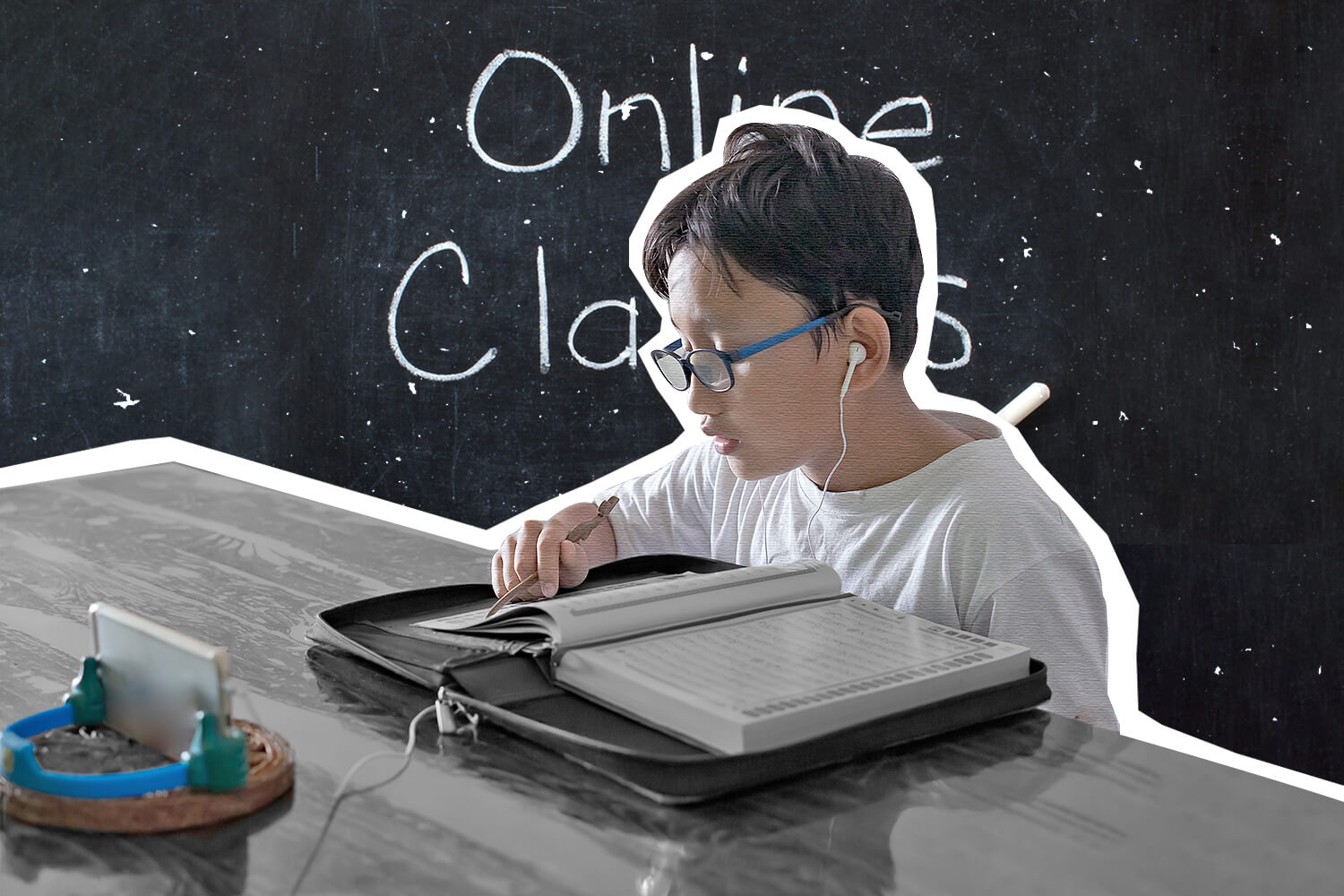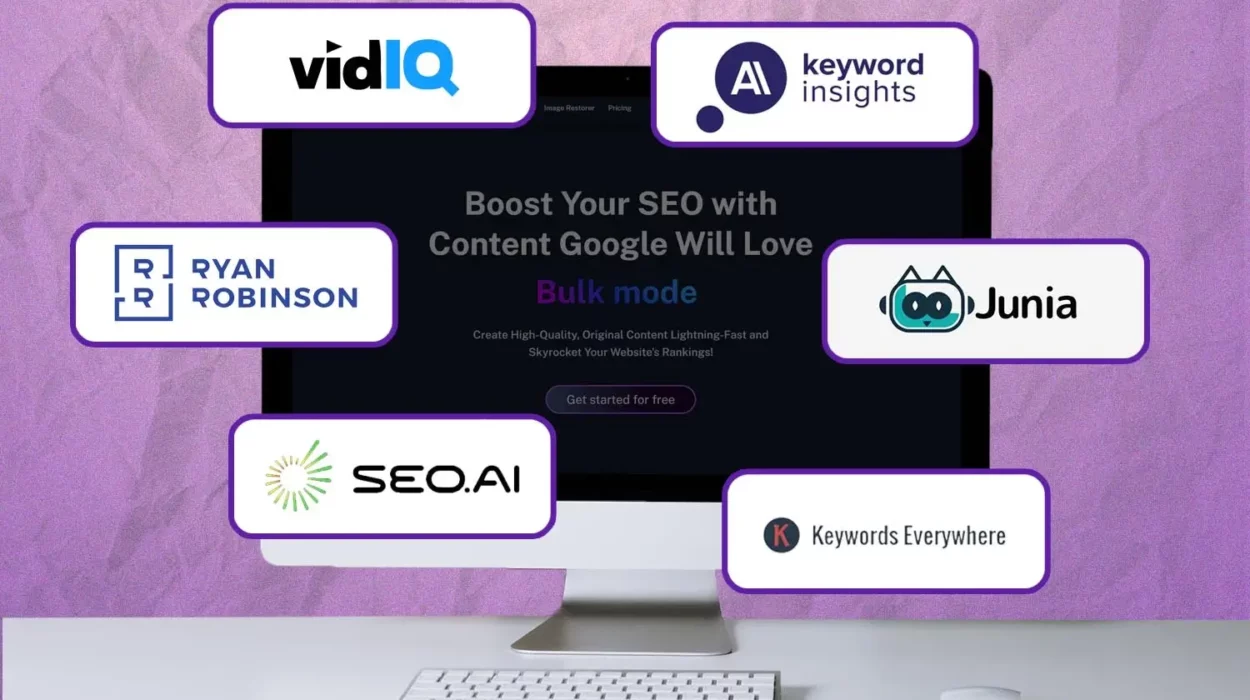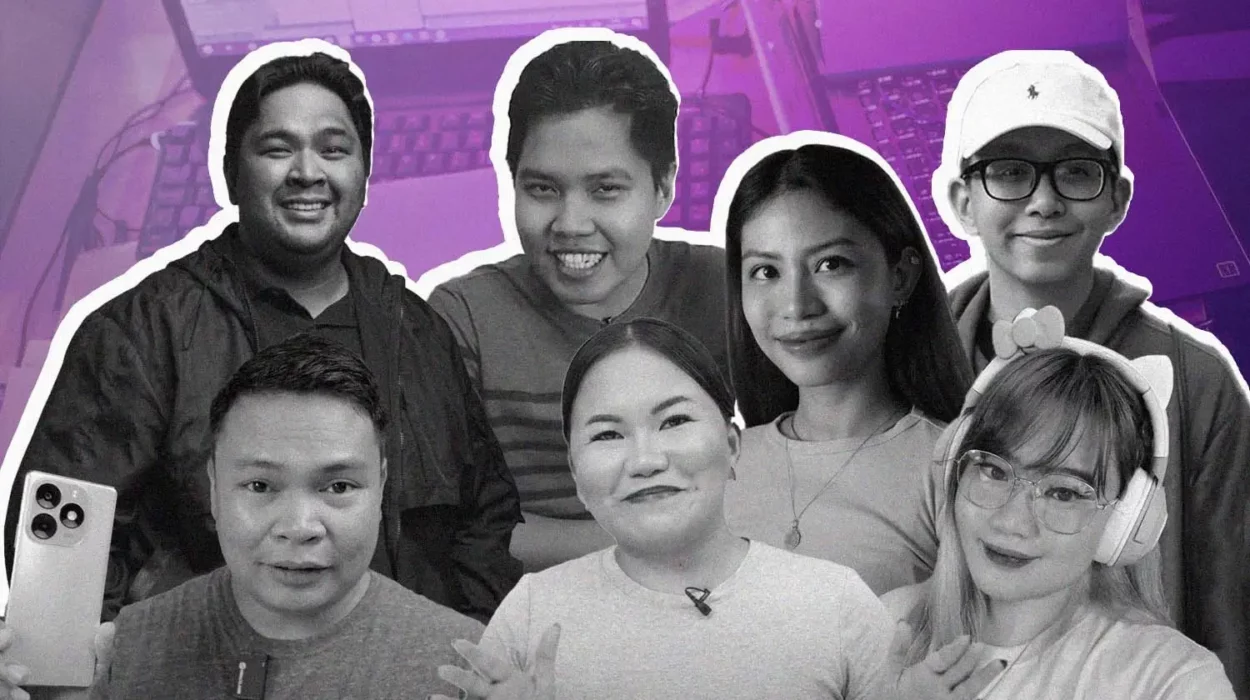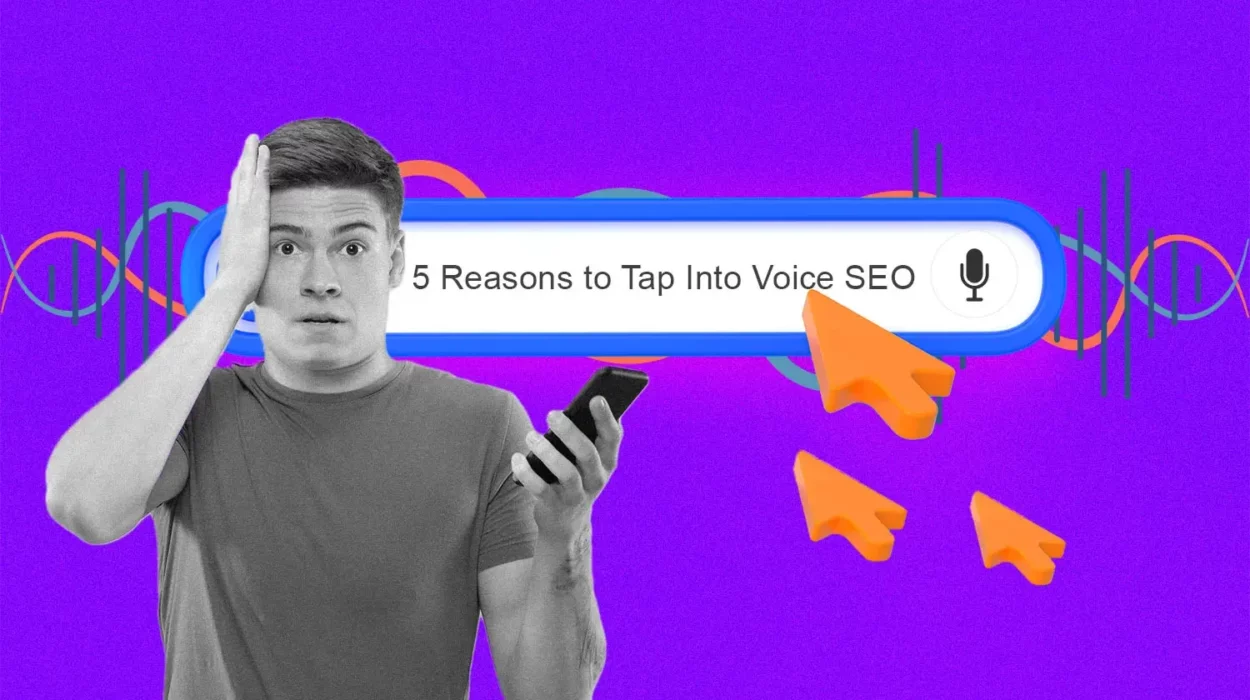By: M2 Communications
What Do The Emerging Narratives Say About Blended Learning?

A Lack of Trust
Taking Sides
The discussions on the blended learning proposal reveal politically polarized positions to the extent that troll-like accounts–users that post or share the same content repeatedly–red-tag people who question the government’s proposed policies on academics.
For instance, 555 tweets from 11 Twitter profiles with the same content and the following hashtags, #SaraElagoNPA #JunkNPA, and #JunkTerrorist, mentioned how Sarah Elago, a party-list representative who advocates for education rights, recruits students from universities to be a part of the New People’s Army (NPA). We also noticed that the majority of these Twitter profiles have “DDS” and the fist emoji in their Twitter bios.
A Lack of Local Infrastructure
The call for an academic freeze could be justified by students’ lack of access to a good internet connection. The issue of ISP service during the pandemic is evident in social media and is proven by the number of posts complaining about local telcos: tweets mentioning Globe (20), PLDT (95), and an Internet connection (300) got the highest number of retweets (10,862) and engagements (29,565).
Why Are We Doing This?
The resumption of classes isn’t just an education issue, it’s a communication issue, as well. As a school or educational institution in the new normal, it’s become even more important to understand and become part of conversations like these. But how should you decide which storylines to take part in? Learning how to identify and analyze constructed narratives provides you with a deeper, multi-layered understanding of your audience, and gives you an edge.
Our Methodology
Through a process called Narrative Mining, we are able to identify distinct themes, narratives, and storylines from a large mass of information such as news articles and social media posts. Essentially, it uncovers the three elements of a narrative:
Narrative mining is a process we’ve developed. It’s about identifying what stories need to be told and making sure those stories connect to a larger narrative. It includes strategizing, executing, measuring success, and improving your approach.
To surface these storylines and generate insights, we created a data set of 8,208 recent tweets on education in the Philippines posted from June 1 to September 22, 2020, and 2,237 news articles on education published in the same date range. We then compiled and processed these via speech and network analysis tools. The resulting information was contextualized and synthesized by our team of in-house analysts.
Take Action Now
ALSO READ: The Emerging Narratives on the COVID-19 Vaccine


